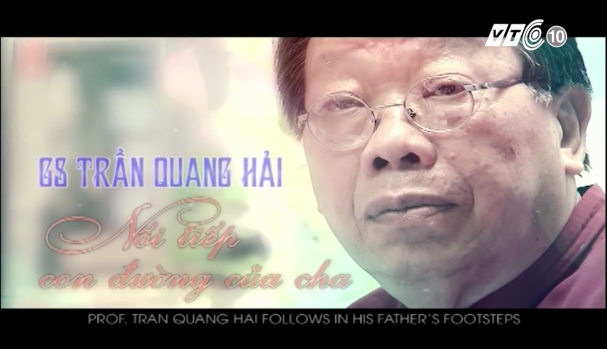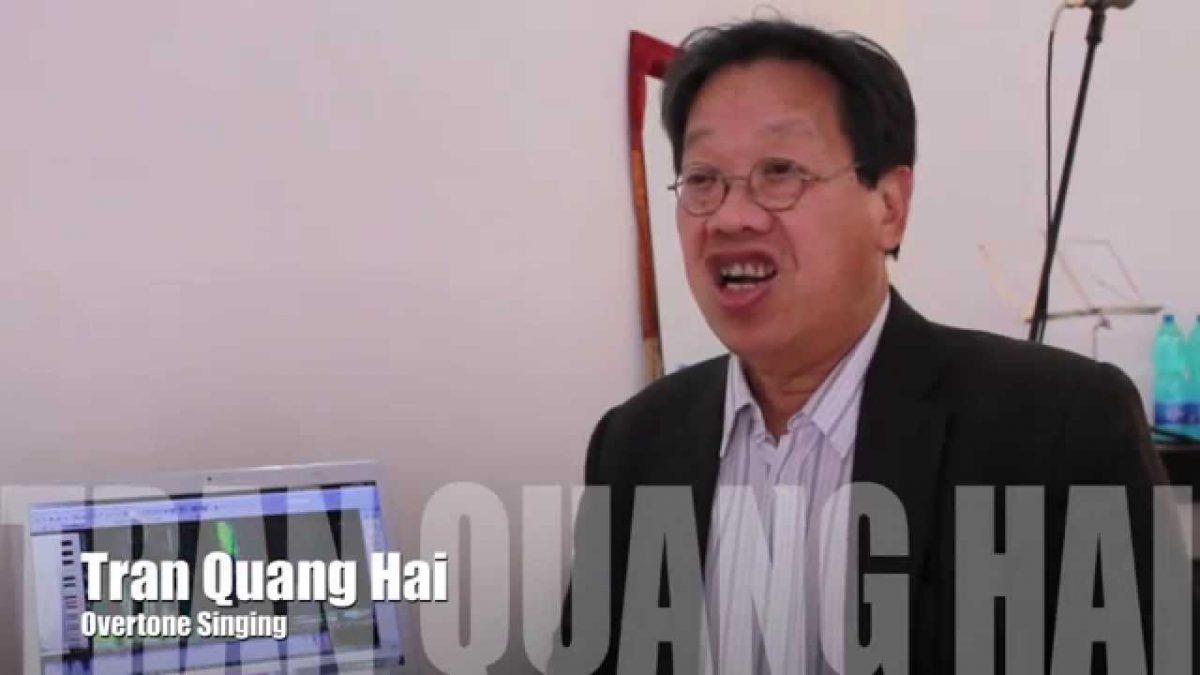https://www.academia.edu/36699537/Demetrio_Stratos_en_busca_de_la_voz-musica

Janete El Haouli : Demetrio Stratos en busca de la voz-música
La voz, que en el principio era el Verbo, por tanto todo, una voz-Dios, en el transcurso de los siglos sufrió una parábola irreversible: después de haber tocado suntuosidades de indu-dable esplendor (la tradición de la narración oral, el canto folclórico, los dialectos), la función de la voz en la sociedad moderna, y luego en la posmoderna, se fue al encuentro, por desgracia, de una inesperada y estrepitosa derrota. El símbolo de esta debacle quedó estigmatizado en la victoria de la tele-visión sobre la radio: la imagen triunfó sobre la palabra, redu-ciéndola a corolario de sí misma. Y esto sucedió no sólo a nivel mediático, sino también, por desventura, en la vida diaria, don-de parece que cuenta más el look que la sustancia, más cómo te ves que lo que en realidad uno es. Lo han entendido muy bien los políticos —en Italia tenemos un claro ejemplo en nuestro presidente del Consejo—, quienes, sobre todo cuando aparecen en televisión, semejan divos del cine y no representantes legí-timos del pueblo. Ronald Reagan encarnó el prototipo de esta generación de políticos: se dice que solamente cuando daba aquel saludo entre militaresco y hollywoodiano se sentía ver-daderamente satisfecho de ser presidente.En este contexto tan desolador donde la imagen, en todo sentido, desempeña el papel prevaricador de as que todo lo abarca, defender la voz significa antes que nada insertarse en una minoría, con la conciencia, por otra parte, de que se está protegiendo un tesoro tan antiguo como el mundo. Pregunta: ¿quién defiende la voz hoy, después del big bang primigenio de la Torre de Babel? Respuesta: los artistas expe-rimentales tanto de la vocalidad como de la oralidad, por reto-mar una distinción esencial hecha en su tiempo por el especia-lista Paul Zumthor. La rebelión comenzó con las vanguardias históricas (futurismo, Dada, surrealismo); en el siglo XX prosi-guió con el letrismo de los años cincuenta, de la poesía sonora a la polipoesía. Se trataba de devolverle a la voz el lugar que le
corresponde, o bien, el rol que inopinadamente se le había qui-tado. Por consiguiente, en el performance polipoético, la voz, la poesía sonora, asume nuevamente su papel de protagonista indiscutible, manteniendo a distancia a los demás elementos (música, imagen, mímica, etcétera), también necesarios para el evento, pero relegados sobre el escenario.En el ámbito de la recuperación vocal, Demetrio Stratos re-presenta una etapa fundamental, quizás irrepetible, porque en su búsqueda se conjugan diversos componentes: en primer lu-gar, el extraordinario instrumento de la voz, perfeccionado hasta los extremos alcanzados, y la gran carga ideológica, típi-ca de los tiempos que él atravesó iluminándolos como un me-teoro, mas sin degenerar nunca en el populismo.El estudio de Janete El Haouli, tan profundo y culto, reali-zado sobre una base estructural, pone acertadamente en evi-dencia la otra especificidad: Stratos no precisa de un lenguaje que se abandone a las palabras —éste es el saldo innovador—, no se desvía hacia un ruidismo significativo y tecnológico como lo habían hecho los representantes de la poesía sonora (Henri Chopin, o el grupo sueco de Fylkingen), sino que sos-tiene que la voz es en sí un lenguaje. Yo añadiría en su caso, que la voz es espectáculo, que la voz es el hombre mismo o la mujer misma (Stratos se sentía hombre y mujer). Logra, por ende, reconducir la voz a su estado de pureza primitiva, quitándole aquel matiz de banalidad y corrupción acumulado por el desgaste cotidiano. En un periodo donde la carrera tecnológica asumía ya excesos desenfrenados, se asiste a la recuperación natural de la voz. Toda su labor experimental se llevó a cabo sin ningún apoyo técnico: él, su voz, su cuerpo.Estoy convencido de que aun amando a la voz más que a sí mismo, hubiera querido con el tiempo traicionarla, al menos en el sentido que Milan Kundera da al verbo traicionar ( cfr. l’Arte del Romanzo ), es decir, salir al descubierto, ir al encuentro de
lo desconocido. Éste es el verdadero sentido de su búsqueda: no ponerse límites e ir siempre más allá, traicionando lo exis-tente para inventarse un límite nuevo y, una vez alcanzado o traicionado, dejarlo por otro límite todavía por hacer pedazos. Uno se pregunta adónde habría llegado si no hubiera sido des-baratado de manera tan prematura.Demetrio Stratos representa hoy un punto de paso obligado para entender adónde dirigir nuestros pasos. Recuerdo una be-lla tardeada organizada en su honor en Romapoesía, el 29 de septiembre de 2000. Yo era el único italiano entre los invita-dos. Pues bien, después de más de veinte años, todos los parti-cipantes todavía coincidían en cuanto a la actualidad, origina-lidad y tal vez unicidad de Cantare la Voce o Metrodora .Reflexionando sobre lo que, con toda razón, escribe Janete El Haouli a propósito del nomadismo vocal, es verdad que la cacofonía impera hoy, es verdad que nuestros oídos sufren constantes ataques acústicos debido a la creciente contamina-ción sonora, es verdad que la rutina ha acostumbrado a nuestro módulo de escucha a la peor horda de sonidos, por lo que nada más logra aturdirnos o asombrarnos.Por tanto, la lección de Stratos se propone como un faro para quien aún quiere navegar, porque supo tomar la voz de los fondos de la canción; la depuró de la escoria de los eslóganes políticos pronunciados en voz alta en los cortejos; la despojó del esmero oral y superficial de la poesía de premio Nobel, para revalorar lo que la sociedad capitalista había redimensio-nado de manera demasiado rápida. Así, apegándose a lo más característico del ser humano y sometiéndose a ritmos de ver-dadero atleta, se convirtió en el Rey Midas de la voz. Todo lo que hacía, apenas lo experimentaba, se convertía en oro. Volviéndolo a escuchar, después de tantos años, su poder impactante se conserva intacto, su potencia vocal comunica siempre algo insólito. Yo diría que es inagotable en sus circun-
voluciones canoras, y finalmente entiendo por qué en el fondo de su incesante búsqueda se encuentra esa insustituible tonali-dad baja: porque en los tres timbres adoptados del canto indio, el bajo indica la alegría, y Stratos nos ha querido transmitir precisamente ese estado de alegría o, como diría Duchamp, una perenne euforia. Enzo Minarelli
file:///C:/Users/Tran/OneDrive/Bureau/Demetrio_Stratos_en_busca_de_la_voz-musi(2).pdf














 Rollin Rachele
Rollin Rachele